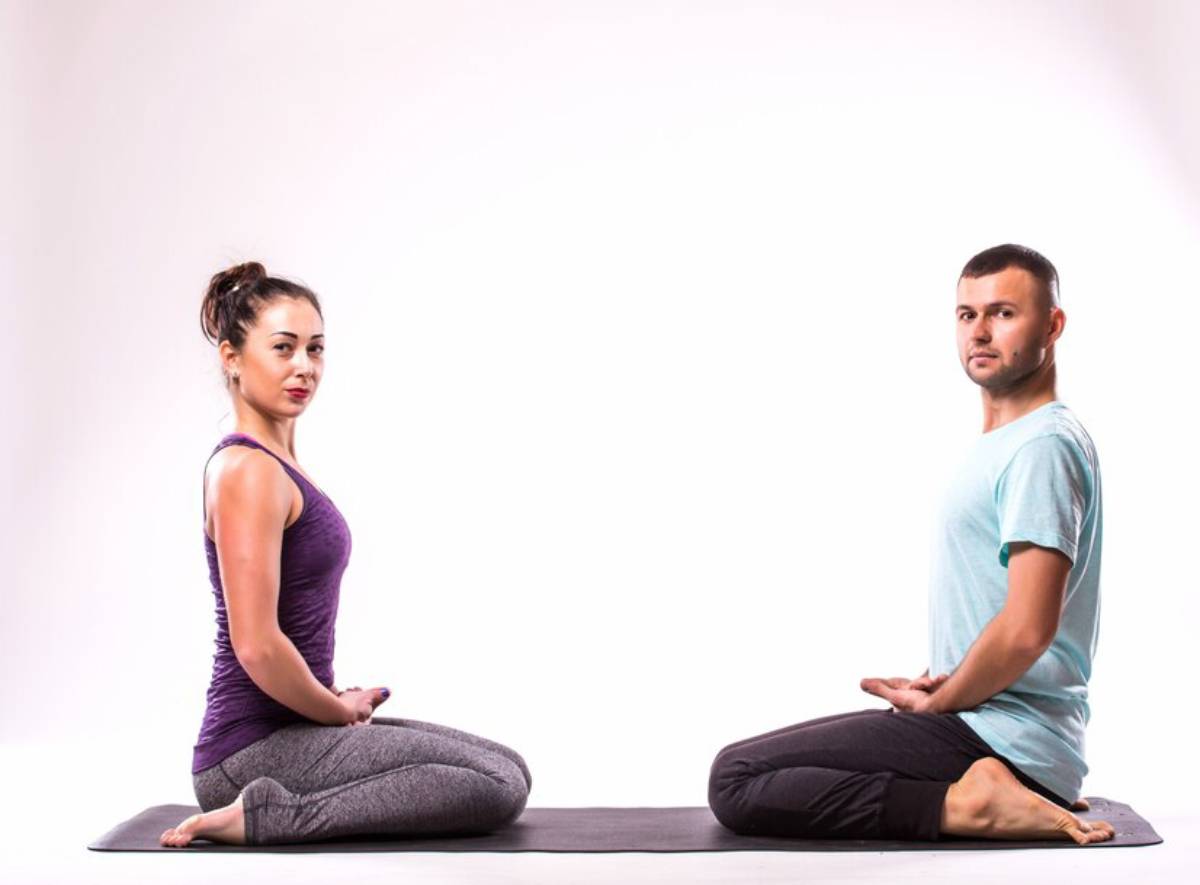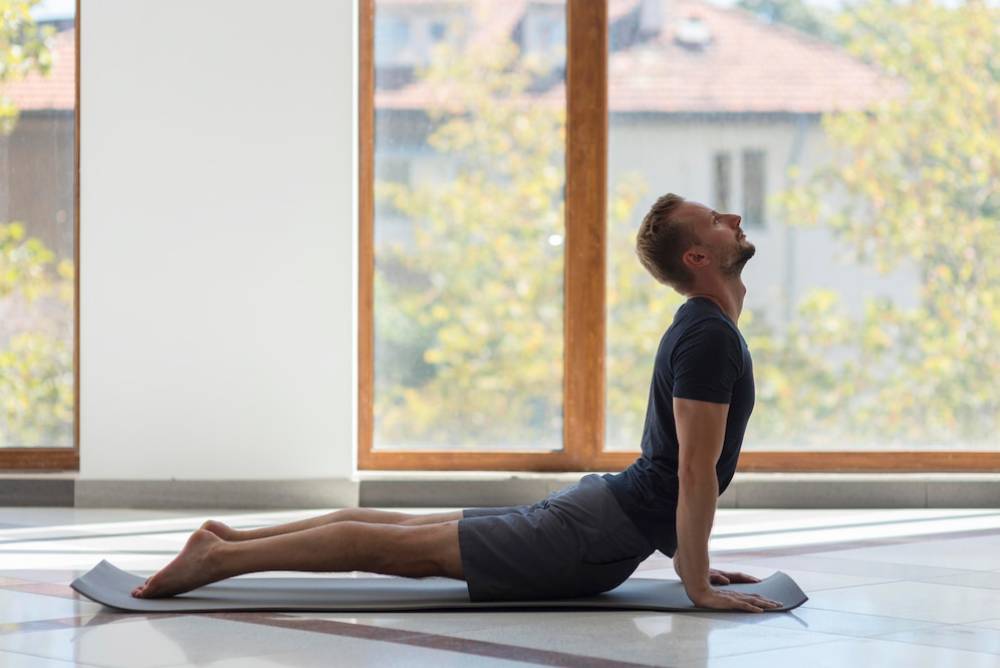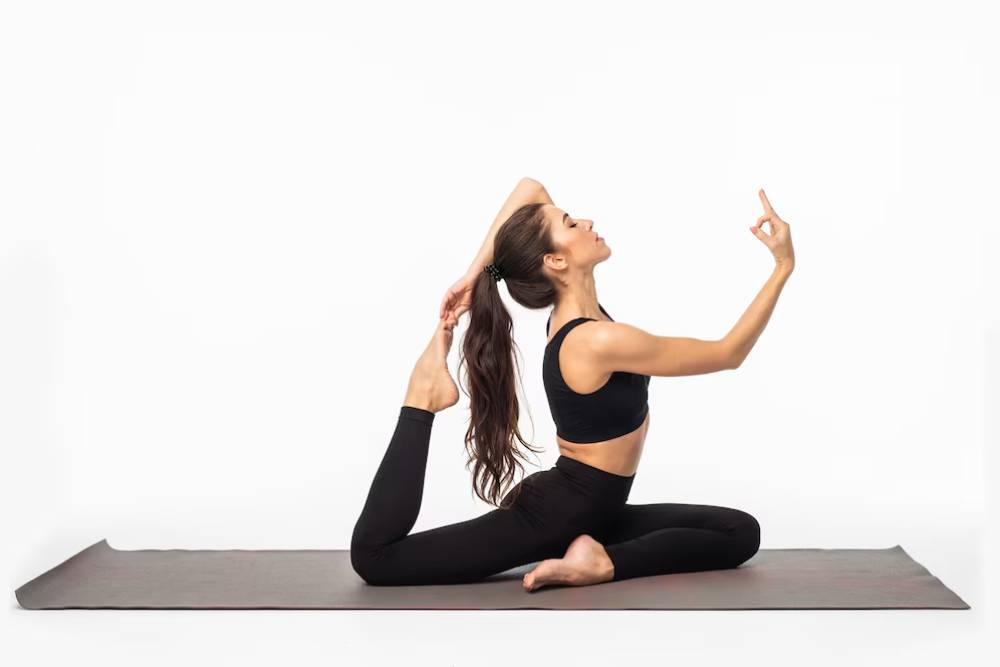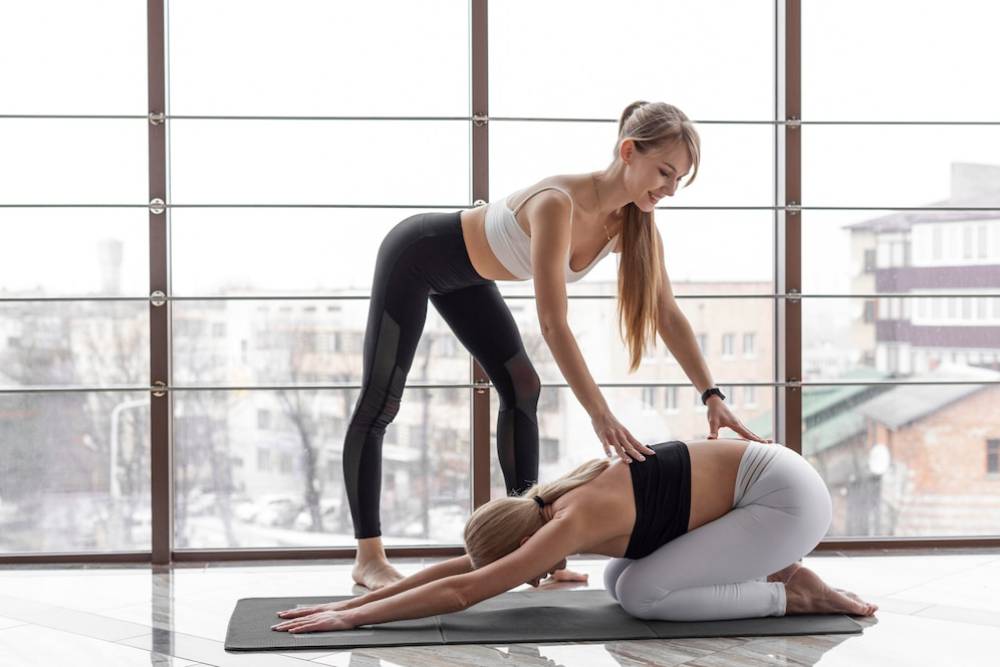
Yoga vs. Pilates: Which is Better for Flexibility?
In health and fitness, Pilates and yoga are the standouts. Both increase flexibility and mobility. Millions of people across the globe have adopted them. Both provide benefits for your body and mind, which are distinct from each other. But if you want to flex those muscles, who among these titans is the best? This blog delves into the fusion of yoga and Pilates. It weighs in on their efficacy for flexibility exercises. You will see how they can enhance your body’s range of motion.
Flexibility is the key to good health. It enhances sports performance and supports daily function. People think that flexibility is only for dancers or sportspeople, but that is not true! Flexibility is important for all. It prevents injury, helps reduce muscle soreness, and improves overall performance. This blog will outline the numerous advantages of yoga and Pilates and give a precise comparison for someone who wants to improve flexibility.
Key Benefits
Yoga Benefits for Flexibility

Yoga, an ancient gem from India, is celebrated for its holistic health magic. Various poses called asanas stretch and strengthen your body in amazing ways. A standout advantage of yoga? Increased flexibility! Regular practice stretches your muscles and increases your joints’ range of motion. This makes yoga a great option for improving flexibility .
Yoga goes beyond the physical. It brings mindfulness and relaxation, which boosts your flexibility. A calm mind allows the body to release tension, creating space for deeper stretches. This mind-body connection is yoga’s secret sauce, transforming it into both a physical and mental workout. Practice regularly, and you’ll notice great improvements in your hamstrings, shoulders, and lower back.
Pilates Comparison in Flexibility Workouts
Step into the Pilates world, created by Joseph Pilates in the early 1900s. It’s a system that promotes core strength, posture, and alignment of the body. But don’t be misled; Pilates also excels in flexibility! Every precise movement and exercise stretches muscles, promoting flexibility and mobility of joints.
Pilates and yoga vary primarily in emphasis. Pilates is all about precision and control, whereas yoga is about fluidity and flow. Pilates focuses on small, controlled movements that engage precise muscles. This attention to detail allows for flexibility, allowing muscles to stretch and lengthen beautifully. And don’t forget the Reformer! This clever machine allows you to penetrate deeper into stretches and hone your flexibility.
Step-by-Step Guide
Adding Yoga for Flexibility
Hatha Yoga

Hatha yoga is your gentle gateway to flexibility. It’s easy and perfect for beginners, highlighting basic postures and breathing. Forward Bend, Downward Dog, and Cobra Pose are essential to increase flexibility.
Vinyasa Flow
For the adventurous, Vinyasa Flow is your key to an exciting workout. The style includes flowing poses that build flexibility. It also tones your body and enhances cardiovascular health. The rhythmic movement heats up your muscles, preparing them for deep stretching.
Yin Yoga
Yin yoga encourages you to move slowly, holding each posture for three to five minutes. This style targets connective tissue, including ligaments and fascia. It increases flexibility and joint mobility. It is excellent for enhancing flexibility in the lower back, pelvis, and hips.
Incorporating Pilates for Flexibility
Mat Pilates

Mat Pilates is a plain-style method, so it is easy for anyone to do and is aimed at the creation of core strength along with the enhancement of flexibility. Important movements such as the Spine Stretch, Saw, and Roll-Up target the spine and hamstrings.
Reformer Pilates
Welcome to the Reformer, a revolutionary Pilates machine that adds resistance to your workout. This amazing tool enables deeper stretches and increases your flexibility. Exercises such as Leg Circles and the Elephant Stretch are great for expanding your range of motion.
Pilates for Posture

Good posture is the foundation of flexibility, and Pilates masters the art of refining it. By engaging your core and lengthening your spine, Pilates reduces tension and stiffness. What’s the result? Increased flexibility and smooth movement!
More Expert Tips & Avoidable Mistakes
Best Practices for Increasing Flexibility
Consistency is your best ally when improving flexibility. Practice regularly—whether it’s yoga or Pilates—is necessary for noticeable results. Target flexibility exercises three to four times a week. Don’t neglect to warm up prior to stretches; this important step avoids injuries and maximises the efficiency of your workout.
Common Mistakes and Misconceptions
Be careful of falling into the familiar trap of moving too fast or too hard—flexibility is a journey, not a marathon. Pressing the muscles beyond what is comfortable can cause harm, so remember to heed the body’s signal and move on at your own pace. And dispel once and for all the illusion that flexibility is an option for youngsters or young athletes only. Anyone can find increased flexibility through commitment and consistent practice.
Consider blending yoga and Pilates into your routine for optimal flexibility improvement. Each discipline brings its unique strengths to the table, harmonising beautifully together. Yoga’s mindfulness complements the precision of Pilates, creating a comprehensive flexibility experience. Working with a certified instructor can provide personalised tips and adjustments for maximum results.
Final Verdict: Yoga or Pilates for Flexibility?
In the epic struggle between yoga and Pilates for flexibility, both titans have remarkable advantages. They are able to improve your range of motion and overall health. If you go with yoga, Pilates, or the best combination of both, the only thing that matters is to discover a practice you connect with and can incorporate into your lifestyle.
As you set out on your path to flexibility, don’t forget that consistency and patience are your best friends. Mark small successes along the way and revel in the wonderful surprises your body has in store for you. So, are you ready to roll out your mat and stretch into a more flexible you?